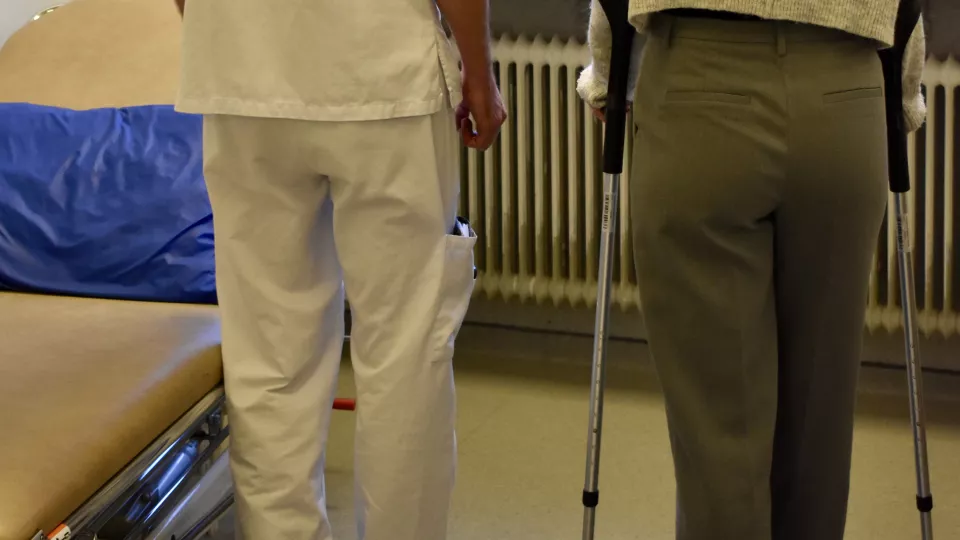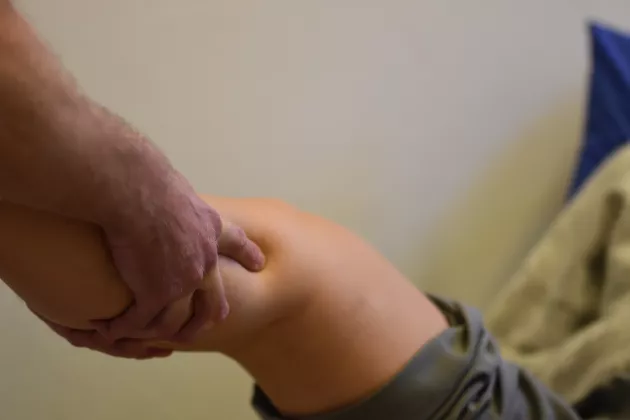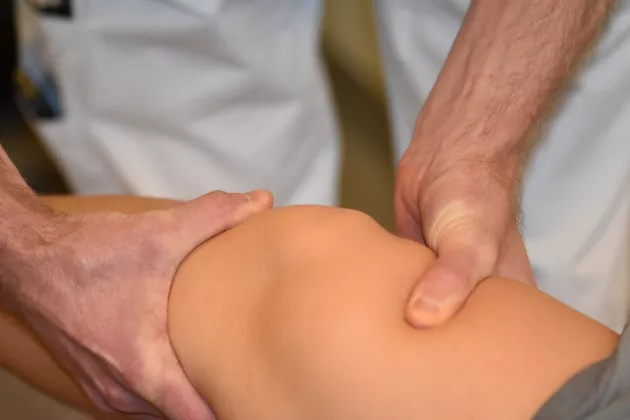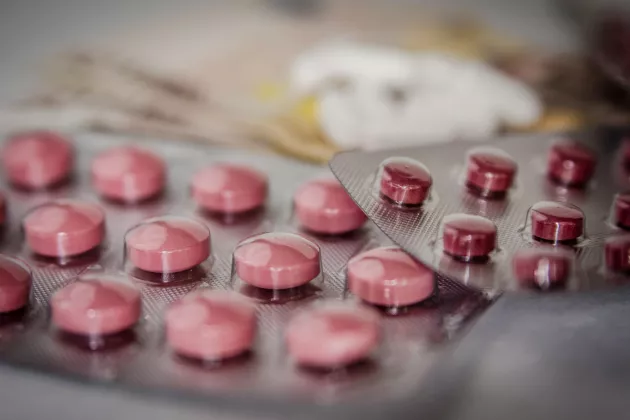Finally, it is time for surgery. Sven arrives at the hospital with his son, who offered to come and assist Sven a few days after the surgery. If you did not read the first and second parts, please read those!
Sven is allowed into the ward where he changes into hospital attire and prepares for the operation. A healthcare assistant comes by and informs him that a colleague will soon arrive to insert a small intravenous catheter in his hand or arm. She also takes the opportunity to explain the post-operative process to Sven. He is informed that after the operation, it is customary to stay a few hours in a recovery room for extra observation before being transferred to the ward. Back on the ward, patients are often encouraged to rest a bit before a physiotherapist comes by, and it's time to start moving around slowly. The healthcare assistant emphasizes the importance of mobilization after surgery, for instance, to reduce the risk of blood clots and swelling.
When everything is prepared, Sven is wheeled into the operating room where he meets the anesthesiologist who arranges for spinal anesthesia and administers medication to help him relax, although he won't be fully sedated. The operating room nurse and the surgical technician are also present, preparing everything for the procedure. All the instruments that might be needed are ready, and sterile attire for the surgeons who will perform the operation is laid out. Everyone in the room who will be working near the surgical site is dressed in sterile clothing and equipped to ensure the wound remains sterile throughout the procedure, all to minimize the risk of infection.
After an hour, Sven's knee is sutured, and the partial prosthesis is in place. Upon arrival at the recovery ward, Sven stays a couple of hours longer than planned as his vital signs are a bit unstable. However, they stabilize relatively quickly, and once on the ward, Sven is feeling well, and all his readings look good.
When we speak with Sven, he mentions that his operated leg feels a bit strange but that he doesn't have much pain, which is comforting. Before we can chat for a while, a physiotherapist arrives to talk to Sven. She thinks it's time to try walking a short distance, and we stay to see how it goes. The physiotherapist explains that in most cases, it goes well, and patients are often pleasantly surprised at how smoothly it goes. It's easy to assume that one would need to be in a lot of pain and that it would take a long time to walk after surgery, the physiotherapist tells us. Sven walks with the aid of crutches, and after a few steps, he gains more confidence and mentions that it feels good.
After a night in the ward, Sven gets to go home. He has managed to walk a few times with help from the physiotherapist and crutches, but he mentions that it feels reassuring to know that his son can assist him for a few days if needed.





